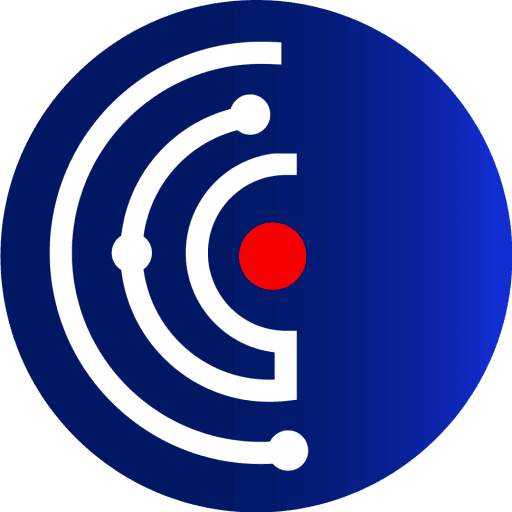Mining industry training company the Colliery Training Centre (CTC) has established links with various original equipment manufacturers (OEMs), technology research organizations, and employers to enable it to train students and employees on the latest equipment and technologies emerging in the industry, CTC CEO Manyabela Mailula tells Mining Weekly.
The changes in technology needs in the industry mean new skills and deeper comprehension of concepts and digital coaching are required by students as well as professionals in the mining and related industries.
“Skills development and training are strategic, based on a company’s strategic objectives and what direction they want to take for the organization, or based on the needs of the customers they serve.
“From this end-point objective, they will then be able to determine what training they will require. However, CTC’s clients are focused on their operations, which introduces a need for a high-level, independent industry-focused initiative to determine what technologies are likely to be introduced,” says Mailula.
The most effective way to identify technologies that will be deployed in the mining industry is to work with OEMs and to establish a conversation to ensure that a set of skills are mapped out and training is conducted prior to the introduction of technologies, thereby reducing or eliminating the gap between the rate of introduction of technologies and the development of skills required for effective and accelerated uptake.
“Our aim is to establish at what points in time various skills will be required and determine the training approach that will enhance the comprehension of the individual components that make up a system.
“The aim is no longer to train hard skills only, that is how to install, repair, and maintain, but to stretch students into an environment in which they understand how to identify, assemble and disassemble components to amplify the ability to fault find and troubleshoot. Real-time wireless communication, fault-finding, and troubleshooting are increasingly becoming the much-needed softer skills in the engineering field,” she says.
“Therefore, we need to take a leading approach in conversations with manufacturers of equipment to ensure the new technologies are understood by all the end-users, not only the design engineers. This approach will also assist in fast-tracking the process of aligning the rigidly regulated curriculum with the changing technologies and the new skill sets in various disciplines. There must be a relationship between the education regulators, manufacturers, end-users, and employers.
“Only then can we approach mining companies to say that this is the direction technology is taking and what skills are required so that they can assess whether the technology and skills are relevant for their organization and role in the industry,” Mailula points out.
Having OEMs and industrial research and development organizations as strategic partners enables an industrial skills structure to gain lots of insights and can overcome the lag of waiting for regulators to approve qualifications at the end of the value chain, which, in most cases, is too late to catch up and often reducing training interventions to compliance tick box exercise.
“We need to unlearn the notion that training is for compliance. Training is the difference between efficiencies and waste, unsafe and safe production, as well as the freedom for students and professionals to make informed and responsible decisions.”
This will also enable mining companies to design their skills development plan in line with their strategic technology adoption plans, she adds.
“CTC is working with industry employer organization Minerals Council South Africa, the Council for Scientific and Industrial Research, and universities that are at the forefront of technology development. This is to establish a dialogue to help the industry and CTC design and execute the transformation in skills and training required to achieve the objectives of the broader industry and of companies.
“We want to serve as a trusted adviser and trusted skills development center for the industry,” she says.
Further, the accelerating pace of change and development of technology similarly means that training curricula need to be revised and new curricula approved much more often.
The CTC, as an education and training organization, is highly regulated, and its curriculum is similarly regulated by the National Qualifications Authority.
While the Quality Council for Trades and Occupations is leading discussions on qualifications for new skills and trades, such as mechatronics, the highly technical nature of the technology needs in the mining industry means that there is a need for a structure through which employers can inform the council and regulator of the new and emerging needs at a more flexible, responsive and practical rate, says Mailula.
DIGITAL EDUCATION
Meanwhile, CTC is looking at using digital technologies to augment its training. Only about 30% of the learning that students require takes place in the classroom, with the remaining 70% being hands-on and practical learning.
However, the CTC also understands the pressures within its clients’ workspaces that hobble on-the-job training required to effectively train students.
Therefore, the training company, as part of its five-year strategic objectives, aims to develop its own workplace training facilities. These are expected to be split into two components, namely a physical mock-up, which the organization currently uses, and digital replicas of clients’ environments.
“We aim to set ourselves up as a workplace in which students can train and thereby reduce or remove our reliance on mines and companies to provide work experience opportunities. We want to develop our testing center into a workplace and then position ourselves to provide training on assembly, disassembly, installation, repairs, and maintenance of critical and specific units that our clients are operating.
“We are also investigating the use of other technologies, such as three-dimensional printing to produce replicas of components and equipment. Students will then be able to learn accurate physical models of the equipment and be tested on their mastery of various processes prior to working with the equipment. These types of innovations will also be used in addition to and in line with our existing comprehension testing methods, such as fault finding and root-cause tests, among others,” Mailula adds.
“The CTC board has approved a feasibility study for the business improvement division to engage extensively with OEMs, research centers, institutions of higher learning, and employers on technologies and skills requirements in the digitalization of mining-related trades, renewable energy, and collision prevention systems to transition CTC offerings and services from good to great,” she says.
Link to original article:| https://www.engineeringnews.co.za/article/ctc-aims-to-get-ahead-of-skills-lag-by-working-with-equipment-manufacturerstechnology-researchers-2022-07-04/


